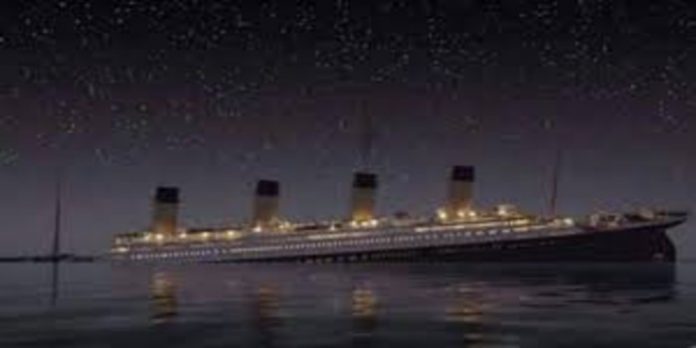The 109-year-old ocean liner, Titanic, is disappearing. The giant ship that was sunk by an iceberg has started succumbing to metal-eating bacteria. Now, holes have started pervading the wreckage, the crow’s nest has vanished and the railing of the iconic bow is about to collapse any time. Submarine company OceanGate began the first of many weeklong missions on Tuesday to take tourists to the wreck of the Titanic as the famous ship decays into the sea.
The ocean liner once thought to be unsinkable is now being consumed by metal-eating bacteria, causing deterioration. The expedition is part of a long campaign from OceanGate to supervise the deterioration. The company said that this longitudinal survey for collecting videos, laser, images, and sonar data is going to allow assessment of the rate of decay as well as the documentation of the entire process. The company had nine “Mission Specialist” positions to fill before the start of the expedition. These positions were open to most of the public, mainly those 18 years of age or older who can survive a week at sea and fit into small submersibles. OceanGate was responsible for training the specialists for a fee of $150,000 per person. Since the ship’s 1985 discovery, the 30-metre forward mast has collapsed. The crow’s nest from which a lookout shouted, “Iceberg, right ahead!” disappeared. And the poop deck, where passengers crowded as the ship sank, folded under itself.
In 1912, on a passage from England to America, the Titanic had hit an iceberg off the Newfoundland coast that made it sink. The ship did not have sufficient lifeboats or an evacuation plan as owners and designers believed that they were unnecessary. The sinking had brought about 1,496 deaths.






















